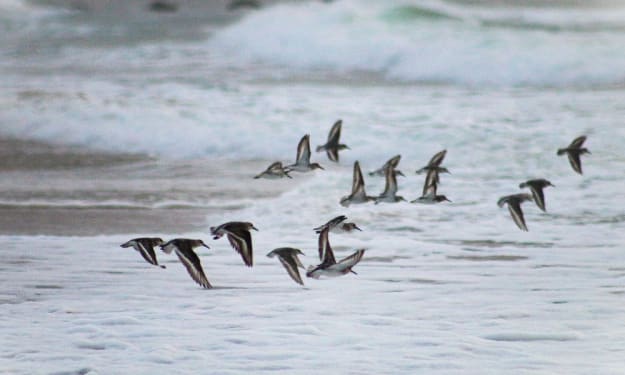How to Create a Natural-Looking Fish Tank
Establishing the Importance of a Natural-Looking Fish Tank

Creating a natural-looking fish tank is crucial for the health and well-being of your aquatic pets. Fish thrive in environments that mimic their natural habitats, providing them with the necessary resources and comfort to live long, happy lives. A natural-looking tank not only benefits the fish, but also enhances the overall aesthetic appeal of your aquarium, making it a visually stunning centerpiece in your home or office.
Key Considerations for a Natural-Looking Fish Tank
Substrate Selection
The substrate, or the material that covers the bottom of the tank, plays a vital role in creating a natural-looking environment. Opt for substrates that resemble the natural substrate found in the fish's native habitat, such as gravel, sand, or a combination of both. This will provide a more authentic appearance and allow your fish to exhibit natural behaviors like digging and foraging.
Aquatic Plants
Incorporating live aquatic plants is essential for achieving a natural-looking fish tank. Choose a variety of plants that are suitable for your fish species and tank size, ensuring they provide adequate hiding spots, oxygen production, and nutrient filtration. Arrange the plants in a way that mimics the natural layout of an underwater ecosystem, creating depth and visual interest.
Driftwood and Rocks
Adding driftwood and rocks to your tank can significantly enhance the natural appearance. These elements not only provide hiding spots and resting areas for your fish, but they also contribute to the overall aesthetic by creating a more realistic, three-dimensional landscape. Carefully select and arrange these items to replicate the natural formations found in the wild.
Lighting
Proper lighting is crucial for creating a natural-looking fish tank. Aim for lighting that replicates the natural daylight conditions of the fish's native habitat, using a combination of LED or T5 fluorescent bulbs. Adjust the lighting intensity and duration to mimic the natural day-night cycle, ensuring your fish receive the appropriate amount of light for their well-being and natural behaviors.
Water Parameters
Maintaining the correct water parameters, such as pH, temperature, and water hardness, is essential for creating a natural-looking and healthy fish tank. Research the specific requirements of your fish species and strive to replicate the water conditions found in their natural environment.
Step-by-Step Guide to Creating a Natural-Looking Fish Tank
1. Choose the Right Tank Size and Shape
Select a tank size that is appropriate for the fish species you plan to keep, allowing them ample space to swim and exhibit natural behaviors. Consider the tank's shape as well, as rectangular or hexagonal tanks can provide a more natural-looking layout compared to traditional square or circular designs.
2. Prepare the Substrate
Carefully choose and layer the substrate material, ensuring it resembles the natural substrate found in the fish's native habitat. This may involve using a combination of gravel, sand, or even natural river rocks to create a more authentic appearance.
3. Incorporate Aquatic Plants
Carefully select a variety of live aquatic plants that are suitable for your fish species and tank size. Arrange the plants in a way that mimics the natural layout of an underwater ecosystem, creating depth and visual interest.
4. Add Driftwood and Rocks
Carefully select and arrange driftwood and rocks to create a natural-looking landscape within your tank. Consider the size, shape, and placement of these elements to ensure they complement the overall design and provide hiding spots and resting areas for your fish.
5. Optimize Lighting
Adjust the lighting in your tank to mimic the natural daylight conditions of the fish's native habitat. Use a combination of LED or T5 fluorescent bulbs to achieve the desired lighting intensity and duration, ensuring your fish receive the appropriate amount of light for their well-being and natural behaviors.
6. Maintain Water Parameters
Regularly monitor and adjust the water parameters, such as pH, temperature, and water hardness, to ensure they closely match the natural habitat of your fish species. This will help create a more natural-looking and healthy environment for your aquatic pets.
By following these steps, you can create a stunning, natural-looking fish tank that not only benefits your fish but also enhances the overall aesthetic of your living space.
About the Creator
Hasan
Welcome...
In this site of mine you can learn amazing things and many information that you don't know so please subscribe to my site.
Enjoyed the story? Support the Creator.
Subscribe for free to receive all their stories in your feed. You could also pledge your support or give them a one-off tip, letting them know you appreciate their work.






Comments
There are no comments for this story
Be the first to respond and start the conversation.